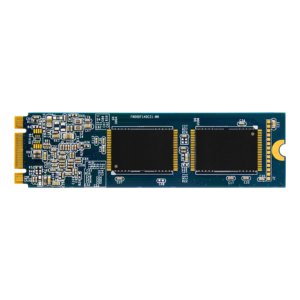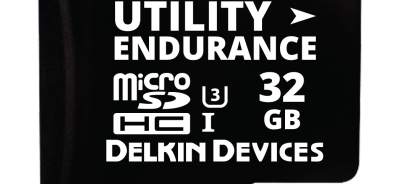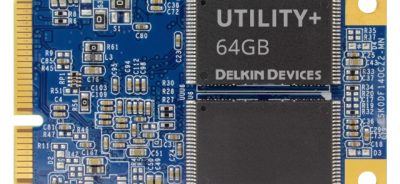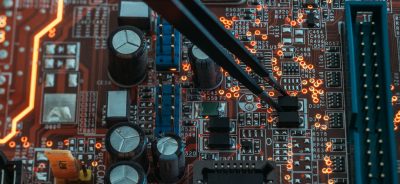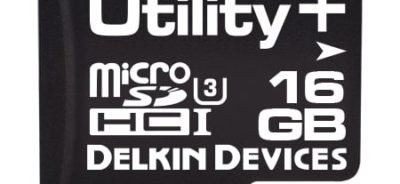SSD Wear Leveling Tests
Solid state drives, or SSDs, have many advantages over hard disk drives (HDDs). Since SSDs don’t have moving parts, they don’t fall victim to the mechanical failures that can plague HDDs. They never develop magnetic problems on the platters, since there are no platters to spin. Of course, there is a trade off. SSDs have a finite number of writes that they can perform depending on the kind of flash memory that they use for storage. Wear leveling is used to manage the write cycles of SSDs to ensure that they are distributed across memory cells as efficiently as possible to prevent premature failure. SSD wear leveling tests are part of the strategy used by flash memory device designers to mitigate the risks of inefficient cycling.
Wear leveling maximizes life expectancy.
Every NAND flash storage device has a limited number of PE cycles, or program/erase cycles. During these cycles, data is being written to cells within the memory system. The problem that arises is that flash storage has a tendency to use certain memory blocks excessively, while leaving blocks unused. The excessive use of specific blocks can cause the SSD to wear out prematurely, before the expected number of cycles has occurred.
Wear leveling addresses this problem. With wear leveling algorithms at work, logical addresses within flash memory are used equally. The addresses are also used in a random sequence, so that data is spread evenly across blocks. Ensuring the even usage of memory blocks means that the SSD will be able to conduct its expected number of cycles.
SSD wear level tests detect life expectancy problems in development stages.
Wear level algorithm testing can be performed alongside other reliability and functionality tests that are conducted when SSD memory devices are being developed. This prevents memory devices from entering the field that are prone to early failure, which is of particular importance for industrial applications.
Most industrial SSD memory devices also come equipped with internal tests that happen in real time and detect problems with the way PE cycles are being written. These SSD wear level tests also alert users to when memory is reaching its maximum capacity in advance, so that they can plan accordingly for replacements when necessary. This prevents in-the-field failures that can be costly and disruptive.
Delkin is committed to robust testing of our flash memory devices and the integration of wear leveling to ensure every user gets the best possible life expectancy out of their SSDs. Discuss your needs with our product team today.
 Login
Login Register
Register


